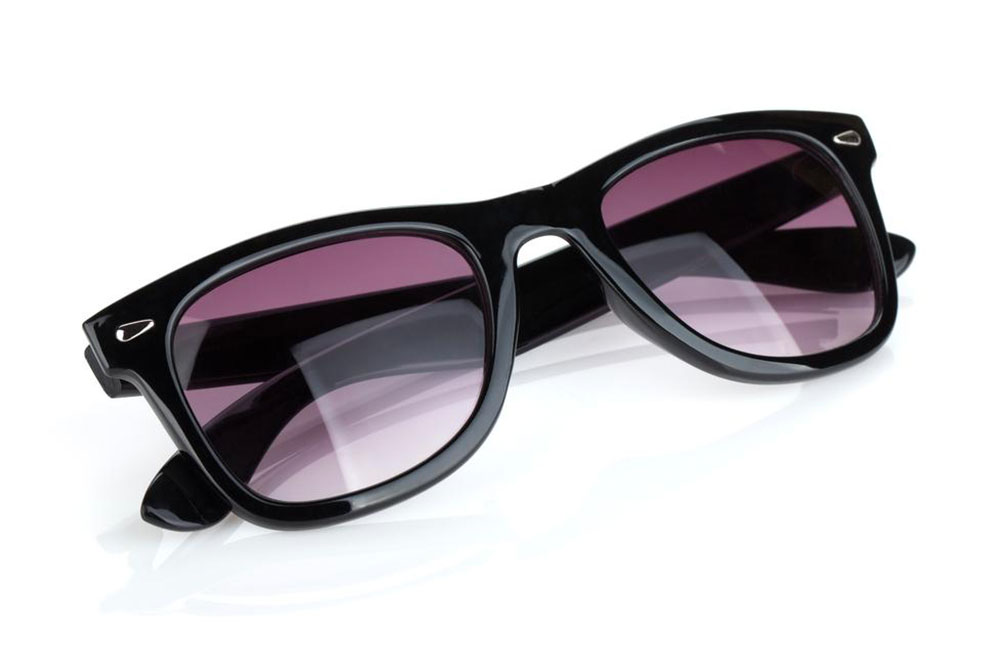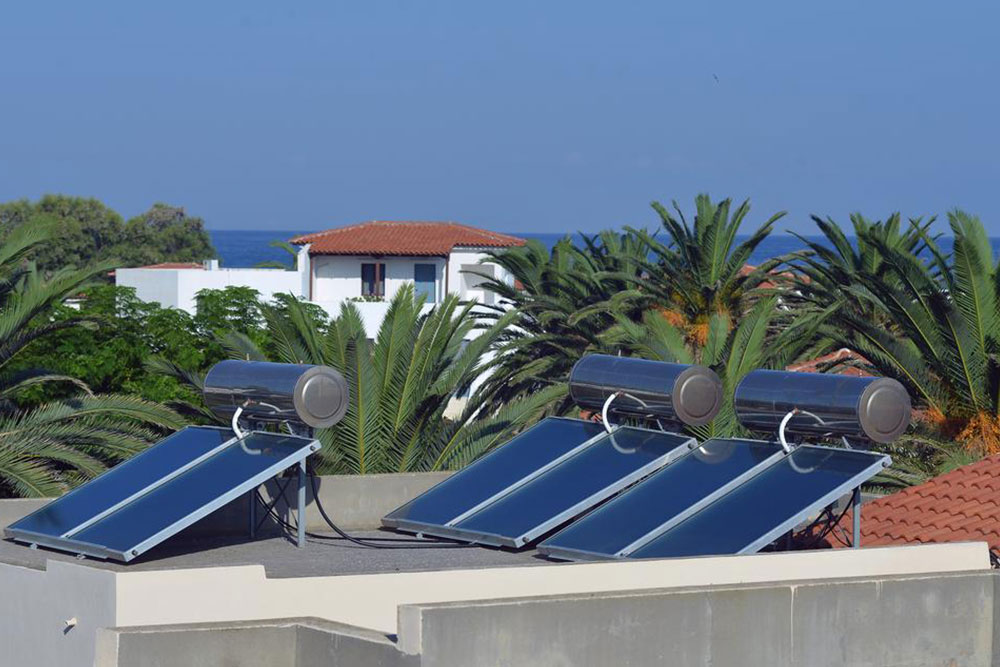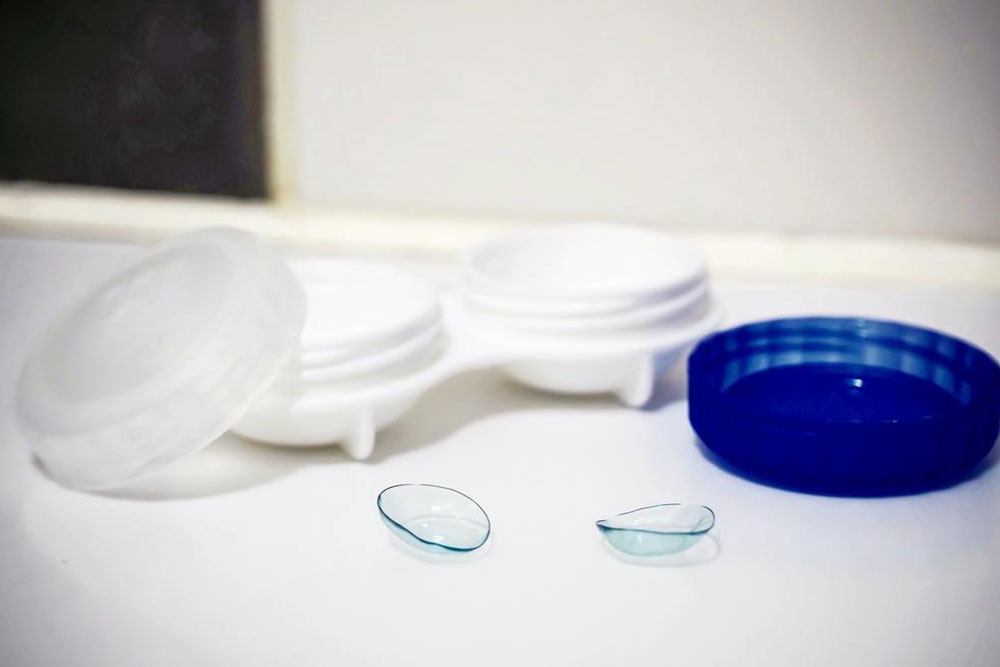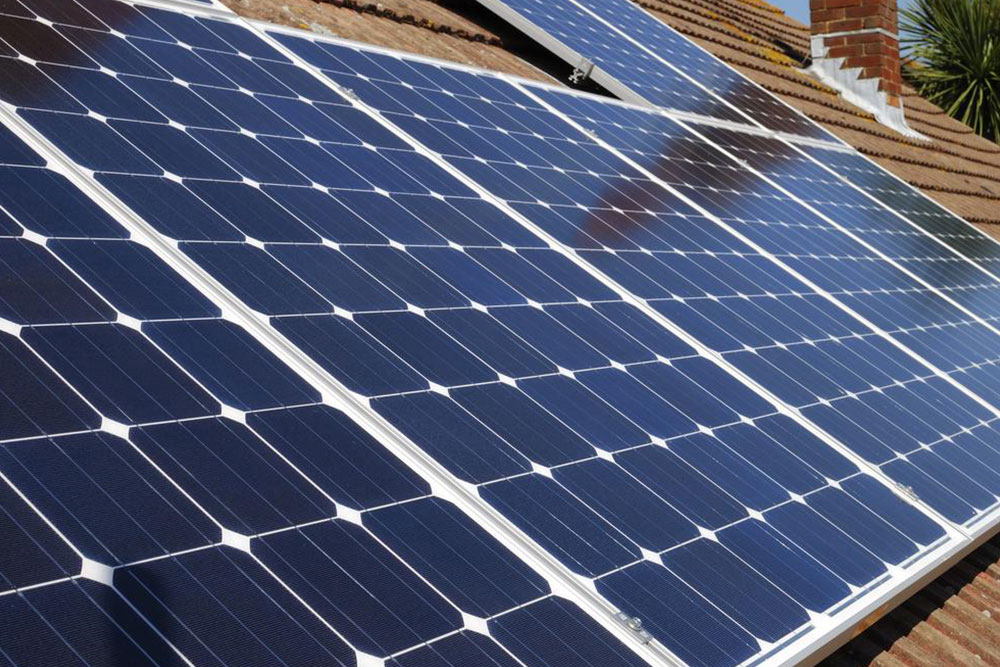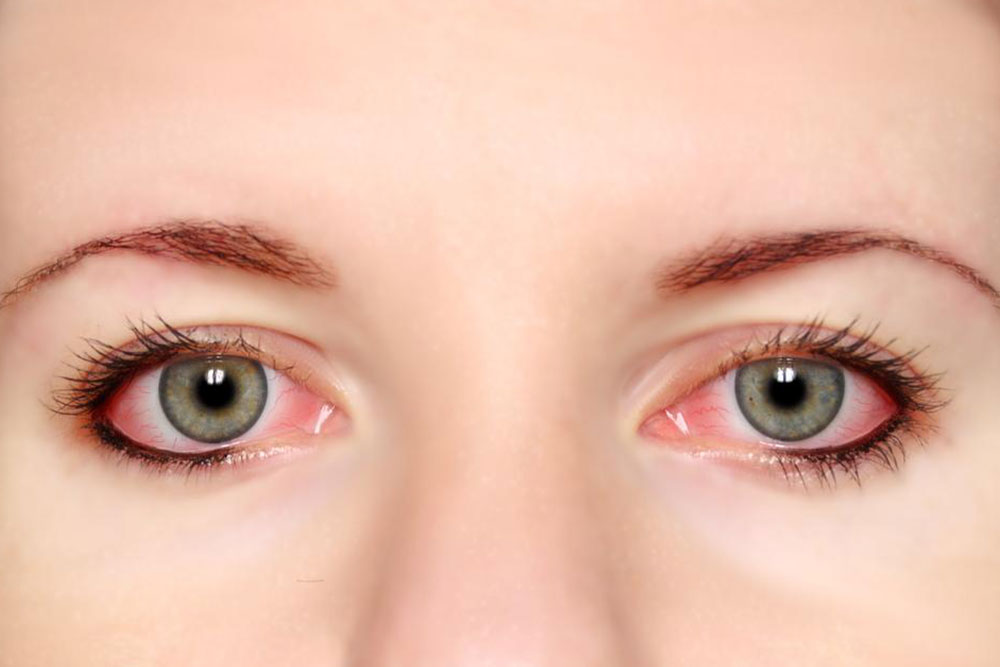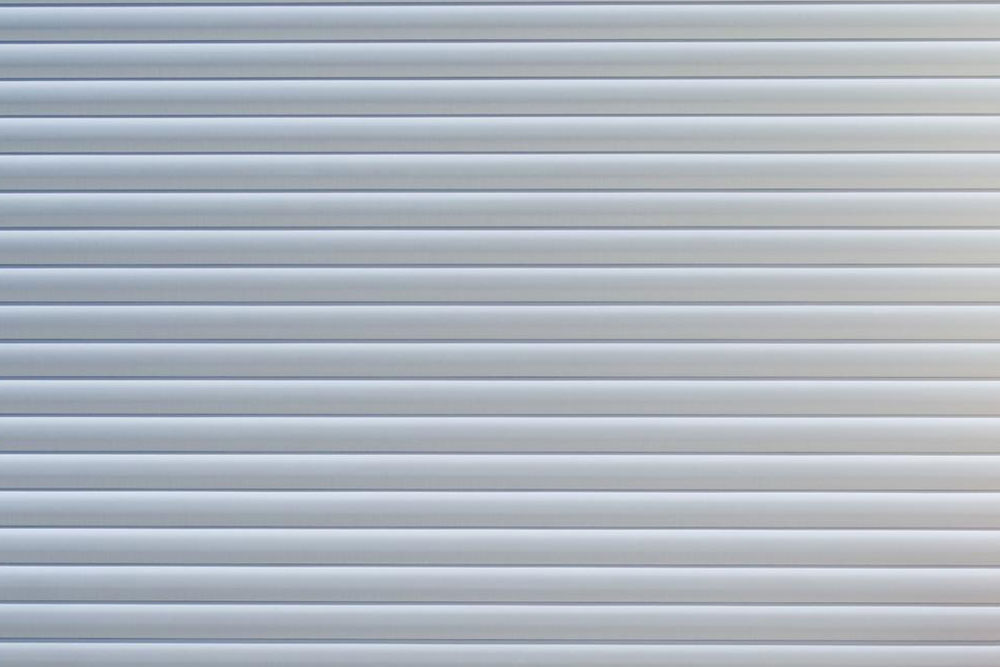Debunking 4 Common Myths About Sunglasses and Eye Safety
Discover the truth about sunglasses with our top four myths debunked. Learn why price doesn’t equate to protection, why lens darkness isn’t the main factor, and why UV protection is essential year-round. Larger lenses offer better coverage, ensuring your eyes stay safe from harmful rays across all seasons. Make informed choices for optimal eye safety and style with these expert insights.
Sponsored
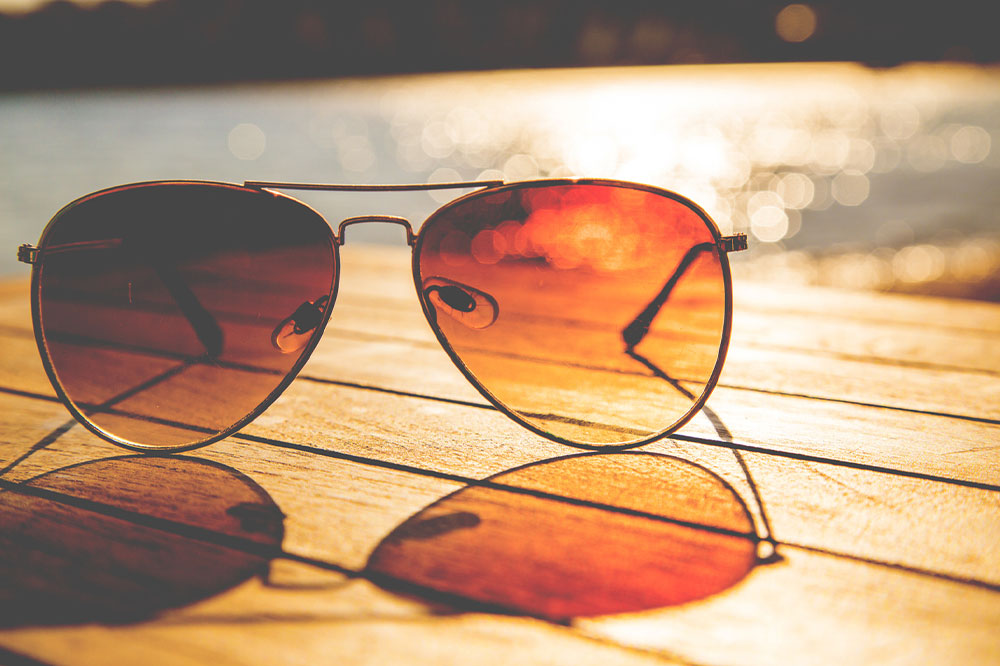
Sunglasses are often seen as fashionable accessories, but their true value lies in eye protection. Beyond style, they shield our eyes from harmful UV rays. Before purchasing a pair, it’s important to know the facts and avoid misconceptions that could compromise eye health.
Price Doesn’t Guarantee Quality
A higher price tag doesn’t always mean better UV protection. Focus on labels indicating UV protection rather than the cost. Effective sunglasses should block at least 99% of UV rays regardless of their price.
Darker Shades Don’t Mean Better UV Protection
The darkness of sunglasses isn’t the primary indicator of UV shielding. Look for labels that specify UV protection; many light-colored or translucent glasses also effectively block UV rays. The key is the quality of protective coating or material, not the darkness of the tint.
Protection Is Needed Year-Round
UV rays are dangerous even on overcast or cold days because they reflect off surfaces like snow and ice. Continuous use of UV-blocking sunglasses is essential for ongoing eye health, regardless of weather conditions or seasons.
Lens Size Matters for Better Coverage
Many believe small lenses suffice, but larger lenses provide superior protection. Bigger frames cover more surface area, helping prevent harmful UV rays from reaching the eyes through pupil dilation or indirect exposure.

